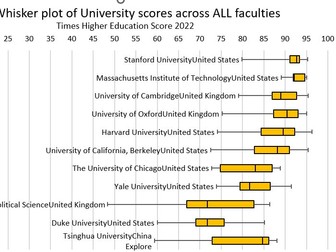
Key Stage 3 level tracker unprotected version Year 7 - 9 (4 classes per year)
Excel (Office 2007 - macro enabled) workbook that provides a visual track of pupil progress. This is designed for a Year 7 Science class of 25 students. Once baseline data is entered (either Y6 SAT or Sept. baseline test results or both) then a class average is plotted (red) together with a 3 sub level increase target for the class (Outstanding). NC expectations are also shown.
Individual students can be added or removed from the graphic at will.
As it is based on NC Y7 Science, which I teach two units at a time, data points that are plotted are an average of two levelled tasks every six weeks or so. Could easily be adapted for any KS3 subject.
I've removed the protection on this version so that it can be adapted to individual needs. I'd be happy to entertain any suggestions for improvements or adaptations.
I have added sufficient sheets for 4 classes of 25 students in each of Years 7,8 and 9. Adding more sheets by copying existing ones can be done but every student needs to be checked in the sheet you are copying before you make the copy. If this is not done then the copied chart remains linked to the original data in the sheet it was copied from.
I am really conflicted about charging for this, but at the end of the day, adapting it and making it "generic" has taken quite some time. I generally use a free CC license but since there are several commercial products that offer similar functionality I feel entitled to profit from my meagre efforts.
